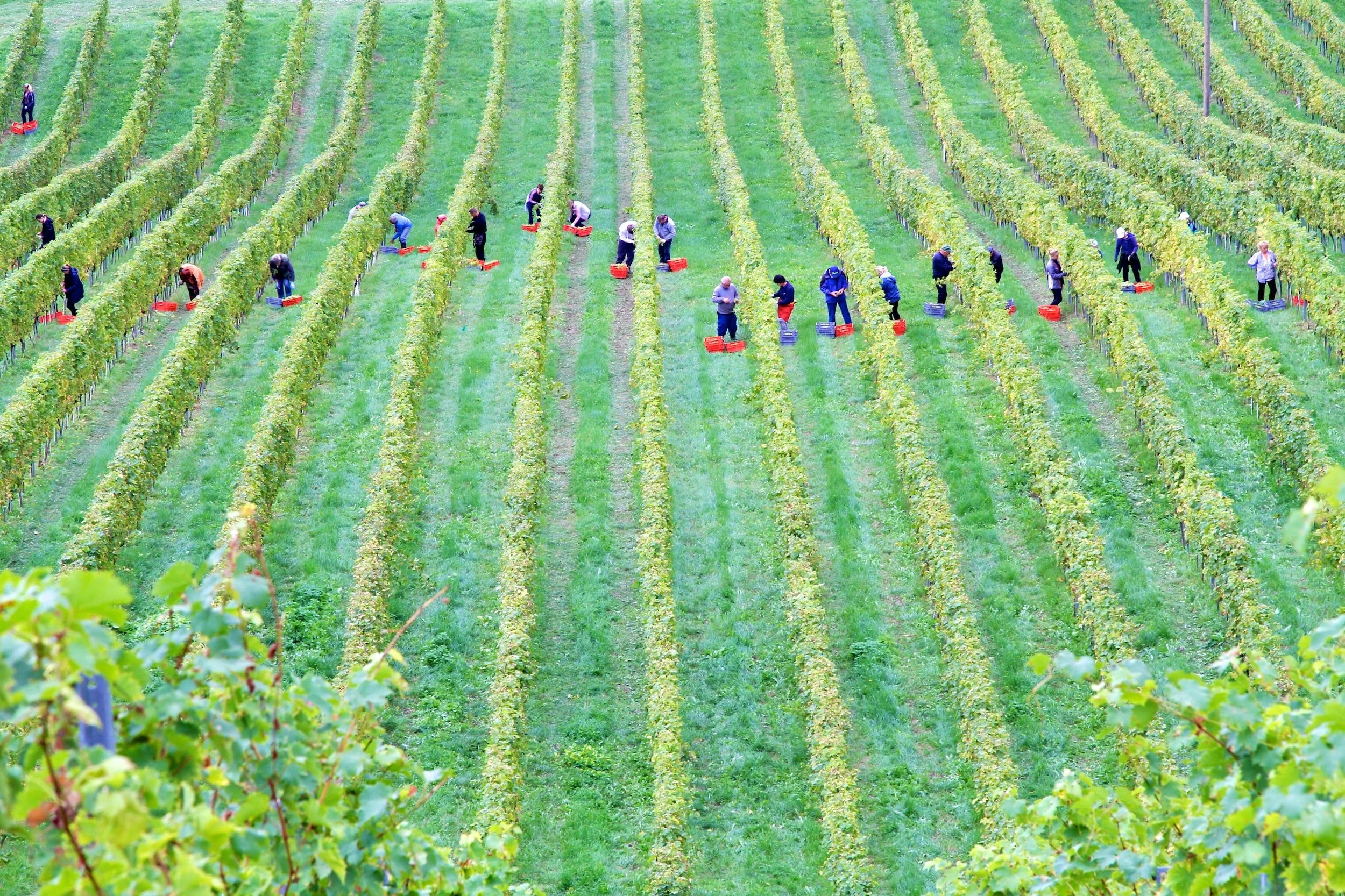Blog By: Kara Legg
In this blog, 2L staffer Kara Legg talks about the FTC’s proposed rule prohibiting nearly all non-compete clauses. Given that Kentucky has no statutory restrictions on non-compete clauses and that most farms in the state are small and family-owned, Kara believes that the rule would benefit Kentucky farmers.














